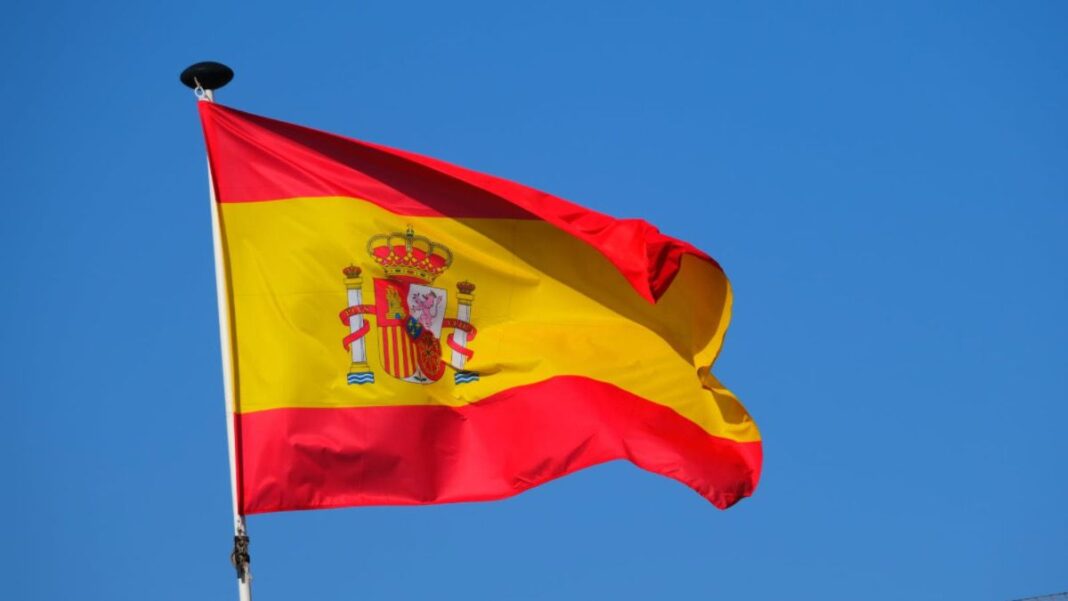SPAIN: In the Andalucian city of Utrera, archaeologists have rediscovered a startlingly rare Spanish mediaeval synagogue that was later used—throughout the course of seven centuries—as everything, including a home for abandoned children, a hospital, a restaurant, and a disco-pub.
The discovery, which was made public on Tuesday, elevates the 14th-century structure to the rare group of medieval synagogues that have survived the years following Spain’s Jews’ exile in 1492.
Over 400 years ago, there were references to the lost temple. “In that place, there were only foreign and Jewish people… who had their synagogue where the Hospital de la Misericordia now stands,” wrote local priest, historian, and poet Rodrigo Caro of Utrera in his 1604 history of the city.
When a team led by the archaeologist Miguel Angel de Dios found the Torah ark area and the prayer hall at the end of last year, Caro’s claim was confirmed.
“It was like cracking hieroglyphics.” “Once we had that key, it all came together,” he stated.
After a two-year search, we can now be “scientifically certain that we’re standing in a mediaeval synagogue right now,” Utrera’s mayor, José Mara Villalobos, stated at a press conference at a site on Tuesday morning.
He claimed that it’s hard to emphasise the significance of the “extraordinary” discovery.
In all of Spain, he continued, “there were only four such buildings up until now, two in Toledo, one in Segovia, and one in Córdoba.”
This is an exceptional building that’s been part of Utrera and part of its inhabitants’ lives for 700 years. “This building was born in the 1300s and has made it all the way to the 21st century.”
He added that one of the main factors in its survival was the fact that it had always been used for some purpose.
The finding, he claimed, had supported the city council’s controversial decision to pay €460,000 (£410,000) four years ago to buy the building, and it provided “an opportunity for us to recover our history” and to draw researchers and tourists.
Alongside the ongoing archaeological investigation, the site will be made accessible to the public.
According to De Dios, the site could yet reveal a lot more secrets, even though the women’s area and the ritual bath have not yet been found.
The next step in the research would be to check if there was a rabbinical home or even a religious school nearby.
While people are familiar with Islamic Spain because of its myriad cultural, linguistic, culinary, and architectural legacies, the tale of the Jews who formerly lived on the peninsula is far less well-known.
The Spanish government passed a law only in 2015 to offer citizenship to the descendants of the Jews ousted in 1492 in an effort to atone for what the government at the time called a “historic mistake.”
Over 130,000 people submitted applications for citizenship under the scheme before it terminated in 2019.
De Dios hopes that the discovery of the synagogue-hospital-children’s-home-bar will encourage Spaniards to reflect on both their past and present.
Also Read: Artificial Intelligence Retrieves Lost Work by Titan of Spain’s ‘Golden Age’



